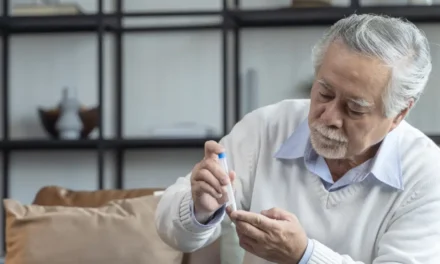Sexually transmitted diseases (STDs) are a topic that often carries a stigma, but understanding them is crucial for maintaining good sexual health. In this guide, we’ll explore what STDs are, their symptoms, causes, how they spread, diagnosis methods, and available treatments.
What are STDs?
STDs, or sexually transmitted diseases, are infections passed from one person to another through sexual contact. They can affect anyone, regardless of age, gender, or sexual orientation. STDs can range from mild to severe and sometimes have long-term health consequences if left untreated.
STDs Symptoms:
Sexually transmitted diseases (STDs) can manifest with various symptoms in both men and women. However, it’s important to note that some STDs can be asymptomatic, meaning they show no noticeable symptoms. Here are some common symptoms associated with STDs in both men and women:
Common Symptoms for Men:
- Pain or burning sensation during urination: This can be a symptom of several STDs, including gonorrhea, chlamydia, and trichomoniasis.
- Discharge from the penis: Unusual discharge, which may be white, yellow, or greenish, can indicate infections such as gonorrhea or chlamydia.
- Sores or ulcers on the genitals: These can be a sign of syphilis or herpes.
- Pain or swelling in the testicles: This may indicate an infection such as epididymitis or orchitis, which can be caused by STDs like chlamydia or gonorrhea.
- Itching or irritation in the genital area: This can be a symptom of various STDs, including pubic lice or trichomoniasis.
Common Symptoms for Women:
- Unusual vaginal discharge: Changes in color, consistency, or odor of vaginal discharge may indicate an infection such as bacterial vaginosis, yeast infection, gonorrhea, or trichomoniasis.
- Pain or burning sensation during urination: Similar to men, this can be a symptom of several STDs, including gonorrhea, chlamydia, and trichomoniasis.
- Pain during intercourse: This can be caused by inflammation or irritation of the genital area due to an STD such as herpes or chlamydia.
- Pain or itching in the genital area: This can be a symptom of various STDs, including genital herpes, pubic lice, or trichomoniasis.
- Irregular vaginal bleeding: Bleeding between periods or after intercourse can be a sign of STDs such as chlamydia, gonorrhea, or cervical infection.
What Causes STDs?
- STDs are caused by bacteria, viruses, or parasites transmitted through sexual activity.
- Common STDs include chlamydia, gonorrhea, syphilis, genital herpes, HPV, HIV, and trichomoniasis.
- They spread through vaginal, anal, or oral sex, as well as sharing contaminated needles or contact with infected bodily fluids.
How do Sexually Transmitted Infections Spread?
- STDs spread primarily through sexual activity.
- This includes vaginal, anal, and oral sex.
- Sharing needles or syringes with an infected person can also lead to transmission, particularly for HIV or hepatitis.
STD Diagnosis:
- Diagnosis involves medical history, physical examination, and laboratory tests.
- Tests include swabs, urine tests, blood tests, or tissue samples.
- Some infections may require multiple tests or follow-up appointments for accurate diagnosis.
STD Treatment:
Treatment varies based on the type of infection and often involves:
- Antibiotics for bacterial infections like chlamydia and gonorrhea.
- Antiviral medications for viral infections like genital herpes and HIV.
- Other prescription drugs as recommended by healthcare providers.
- Completing the full course of treatment is crucial, even if symptoms improve.
- Ongoing management or follow-up care may be necessary for certain STDs to monitor for recurrence or complications.
Conclusion:
Understanding STDs is essential for maintaining good sexual health. By practicing safe sex, getting tested regularly, and seeking prompt treatment if diagnosed, individuals can protect themselves and others from these infections. Remember, seeking help or information about STDs is a proactive step towards prioritizing your health and well-being.





